Category: Treatments (Face)
Brand: Truth Treatment Systems
Ingredients:
Where to buy Transdermal C Serum in the USA?
If you can’t find where to buy Transdermal C Serum near you, we can easily help you find a place where you can quickly and cheaply buy.
You can click on “check price” button and find out where to buy to buy Transdermal C Serum.
How to find the best price on Transdermal C Serum?
We are always ready to offer you recommendations on where to buy Transdermal C Serum at one of the best price on Internet.
Please, feel free to follow the “check price” button to find price we chose for Transdermal C Serum .
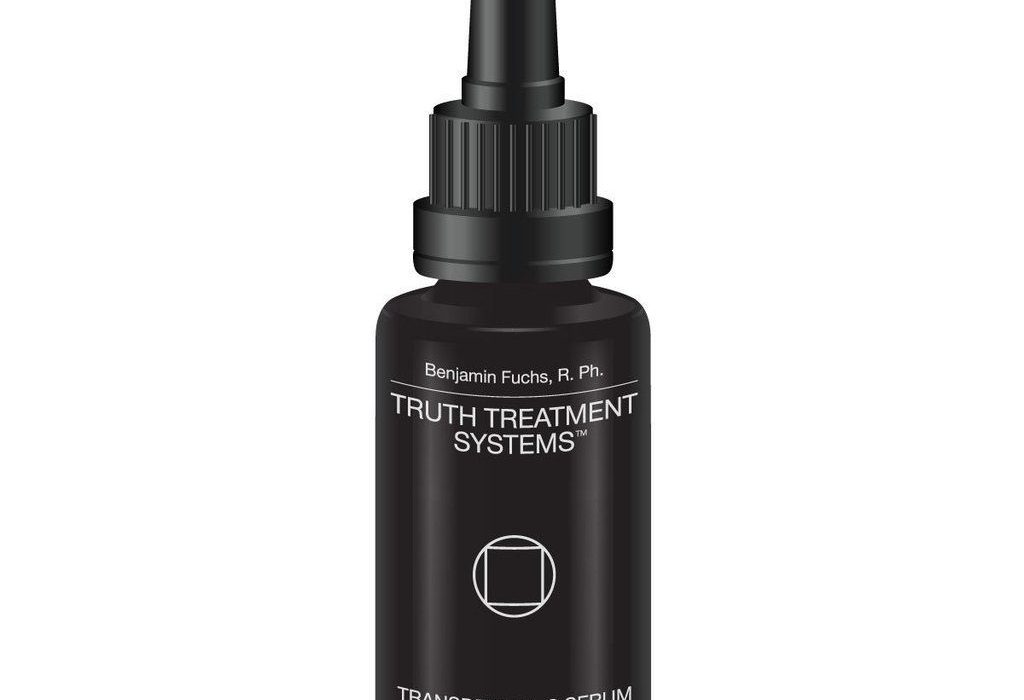
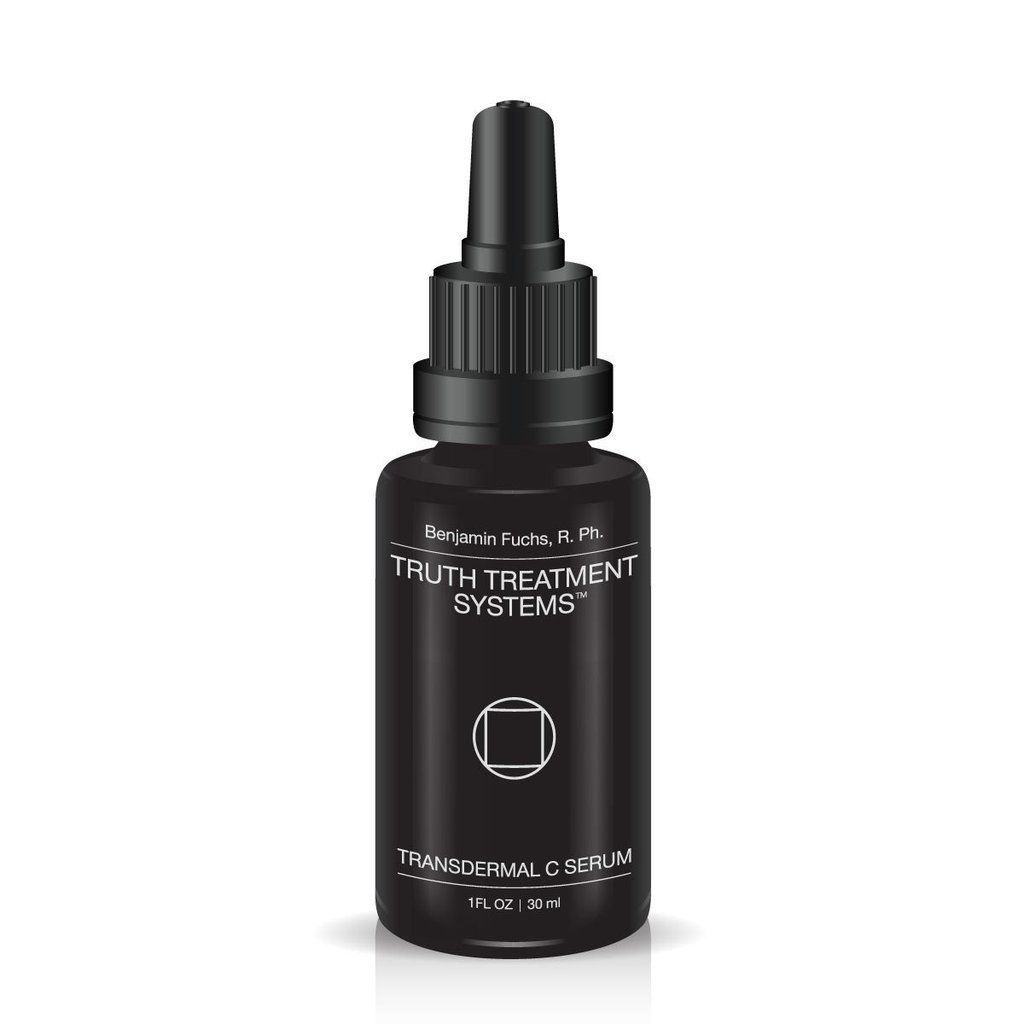




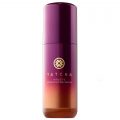


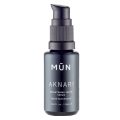
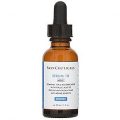
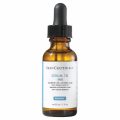

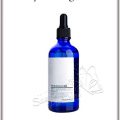
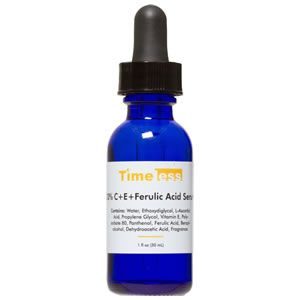
![Pore Minimizer T-zone control ] [DISCONTINUED]](https://makeup-reviews.com/wp-content/uploads/2020/08/1127941-327x400.jpg)
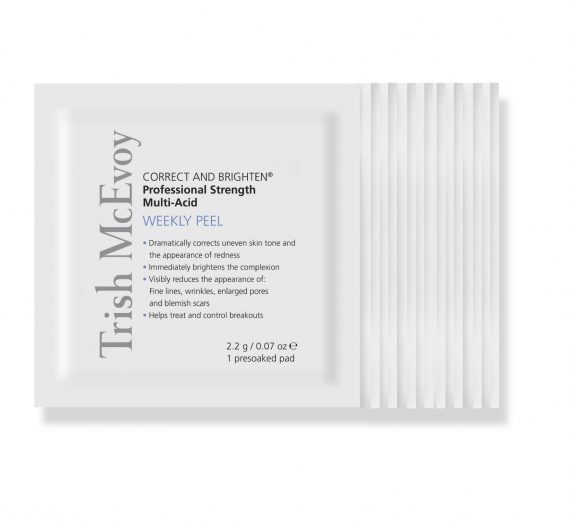
thrilledKitten1
Transdermal C and I got off to a rocky start. This stuff is sticky. Not C-Firma sticky, but more of an oily, spreads-around-and-never-absorbs sticky. As it turns out, sometimes I should read the directions. How to use: mix 2–3 drops (it’s a petite pipette) with 2 pumps mist—the recommendation is the company’s own Biomimetic Priming Mist, obviously, but I’ve had no issues with a fluid HA serum or antioxidant mist—and press into skin. Apply and let it sit for a few minutes, like any other serum; it works a lot better this way.
It also lasts forever, which anyone can appreciate. My 5ml (1/6th fluid oz) sample bottle is finally running low at around the 1.5–2 month mark. For the mathematically disinclined, that comes out to 9–12 months used once per day, 4.5–6 at the recommended 2x/day. “But the hot dogs will start to smell like . . . old hot dogs before that long!” is what you’re thinking. As reassuring as that fresh meat smell is, Transdermal C utilizes the lipophilic and more stable(!) form of vitamin c, tetrahexyldecyl ascorbate, aka THD ascorbate (aka ascorbyl tetraisopalmitate aka ATIP aka probably other acronyms). Like HG L-ascorbic acid, research supports THD ascorbate’s antioxidant ability, UV protection (in conjunction with sunscreen), brightening ability, and collagen-boosting abilities. My more persuasive, but realistically statistically meaningless anecdotal experience says the same—my skin is brighter and clearer than it ever was when using any other form of vitamin c besides L-AA. And, FWIW, my serum is still clear.
So why THD ascorbate/Transdermal C and not L-ascorbic acid? Aside from an extended shelf life, there’s the fact it’s lipophilic or fat soluble. That gives THD ascorbate the ability to potentially penetrate deeper into the skin than L-AA, providing even greater firming benefits. (I say potentially as research has been a combination of in vivo, in an organism, and in vitro, in a tube or dish. This applies to more scientific “facts” than people like to admit.)
Personally, I keep lipophilicity in mind after dermal needling in particular, when my skin is primed to absorb as much product as possible. The lack of burning sensation is a bonus. Transdermal C is non-aqueous, but THD ascorbate isn’t as picky about skin pH as L-AA, making layering slightly less complicated and possibly friendlier for those who are more reactive. The serum itself only contains five ingredients—Tetrahexyldecyl Ascorbate (vitamin c), C12-14 Alkyl Benzoate (ester of benzoic acid and fatty alcohols), C10-30 Cholesterol/Lanosterol Esters (cholesterol and esters from lanolin), Alpha Bisabolol (from chamomile), Stearyl Glycyrrhetinate (from licorice root)—which all receive ratings of 1 from EWG and COSDNA. I don’t suffer from regular redness or sensitivity and have experienced no sensitization or adverse effects using this alongside hydroxyl acids, retinoids, etc. The cholesterol in the formula may be unpalatable for more oily complexions, but adds to the gentle feeling of the serum and increases barrier friendliness.
Packaging for Transdermal C is standard with a dark glass bottle with dropper. I’ve experienced no negative side effects from this packaging, especially with the stability of the product. That said, an airtight (or at least spill resistant) package doesn’t seem like a lot to ask for the price, even if the product’s longevity makes it a decent value in disguise.